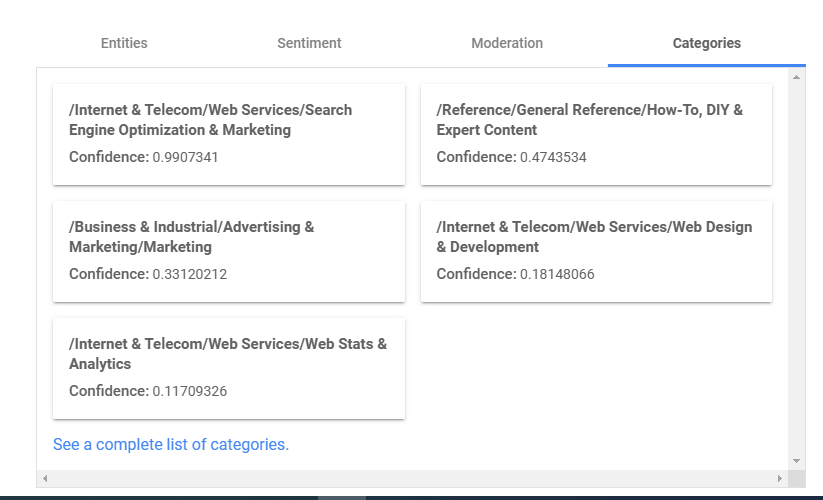Before this article dives deep into SEO marketing, let’s first talk about why every business should do it. It's 2025, and people’s buying practices have changed dramatically. People use the Internet to find what they need.
Notably, there is cut-through competition in the market and most of the competitors are on the Internet today. So, how can businesses stand out and get customers? That’s where SEO comes in.
This article will discuss everything about SEO marketing.
SEO is the combined activities that help grow a website's organic traffic. It involves all the activities that businesses do to rank higher on search engine organic results. But why is this important?
People use the internet to buy what they need. Users are likely to first search online for what businesses offer to them. If a website ranks higher on search results, more people will visit and purchase from them only.
But without any effort, businesses can’t rank their website on SERP as others may be doing the same. That’s where SEO helps organizations to lead the SERP rankings and get more organic traffic.
SEO uses a ton of factors to rank websites. Search engines update their algorithm and ranking factors to remove errors, non-helpful websites, or content. Therefore, in simple terms, SEO is a flexible set of practices that changes according to the search engine demands.
However, there are some evergreen ranking factors that all websites must keep a track record of.
Note- There is a lump sum of 200 ranking factors that we will discuss in upcoming articles or blogs.
A search engine recognised entity can be anything such as an organization, thing, concept, person, or place with individual definitions. For context, the entity is not a new term for search engines. However, with the increasing demands of LLM, the search algorithms have started focusing on entity-based SEO. It makes the search results more relevant to the user intent. But how do they do it?
Pro Tip- Understand entities as semantic keywords.
Semantic keywords are phrases related to primary keywords and help the search engine understand the context.
For example- If a user searches for the ‘Jaguar’, there are two possibilities for results. The first is the animal and the other is the luxury car brand.
Now, if a publisher has published content about Jaguar the animal, it should have semantic keywords such as wild, forest, animal, teeth, meat, hunt, etc. Search engines don’t read the whole content instead they focus on these related terms that define the page context.
Check the entity intent on Google's ‘Natural Language Programming’ API.
For example-

SEO comprises three major types.
Building quality website pages for users.
Building quality links from other authoritative websites.
Optimization related to technical aspects of the website.
An SEO strategy is a detailed plan of SEO activities and their frequencies to increase organic traffic. This involves a roadmap and calendar for an SEO marketer or brand that can help a website rank higher on SERP.
The three pillars of any SEO strategy:
SEO involves setting up a website on Google and making it more user-friendly. Let’s see how you can do that.
As the demand for local businesses is increasing, MSME brands and businesses have a chance to focus on the local market and rank in local search queries such as ‘Book Store near Me’. But how is this different from traditional SEO?
Google features a dedicated section for local businesses. Though search engines have similar principles for local and global ranking, they use location-based ranking factors to provide the best results.
Moreover, the local search algorithm works only for local search intent queries. These results provide specific information to users such as name, description, image, working hours, reviews, address, contact number, and website address (if any).
This article has discussed a basic overview of SEO. The step-by-step guide is direct instructions for taking immediate action. However, this is just the tip of the iceberg.
This article has shared a brief idea about tools, concepts, and steps to start an SEO journey immediately. Follow them and take the first step for digital success.
Want your business to enjoy SEO marketing for the long-term gains? Contact Vigyapan Mart today.